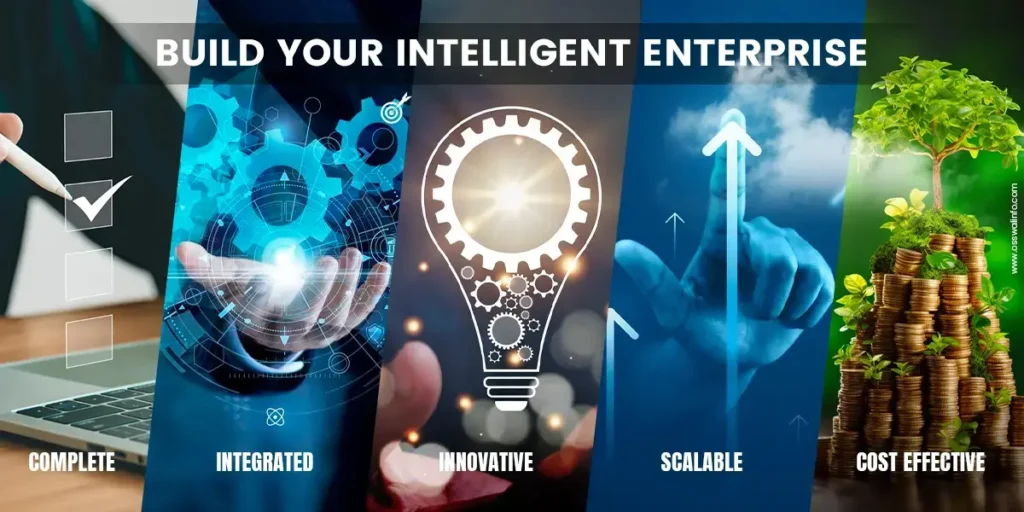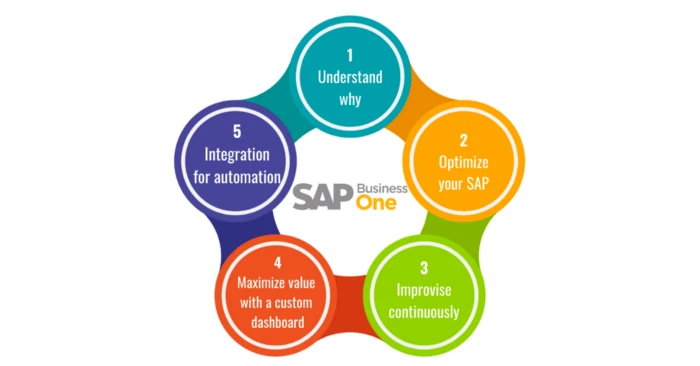SAP implementation follows a structured methodology to ensure successful planning, execution, and deployment of SAP solutions. The exact phases can vary depending on the specific use and the nature of the project, but generally, SAP implementations adhere to a standard approach. An SAP deployment takes a lot of time, often several months or even a year. The successful execution of an SAP deployment and optimum utilization of SAP’s functionality after Go-Live depends on organizations embracing the right strategy.
Phase 1:
Project Preparation
The first phase is to create an efficient roadmap based on the business’s needs and functionality. Planning functions are carried out according to the numerous aspects and specifics of the business requirements. This phase lays the groundwork for a successful SAP implementation and necessitates making strategic decisions on a range of matters, such as:
- Setting project objectives and goals
- Defining the scope of implementation
- Structuring the project’s financial allocation, the timeline for execution, and sequencing
Phase 2:
Business Blueprint
The SAP’s core modules and any necessary mapping of the business processes that must coexist throughout deployment are both included in a business blueprint.
After the project has been prepared, the resources are distributed in compliance with the guidelines and specifications for the new system. The interface and process mappings, as well as the integration technicalities, are now established. As a result, a framework is created, and the current data analysis should be offered so that everyone involved may be on the same page from beginning to end regarding where the company is starting from and where they will be once the SAP deployment is fully completed.
Phase 3:
Realization
Baseline configuration, which involves defining the SAP implementation rules based on the blueprints’ results and the organization’s goals, is carried out once the business blueprints are in place. In this stage of the SAP implementation process, the functional consultants handle the processing and configuration tasks.
As part of the fine-tuning configuration, your implementation project team adjusts the system to meet all your business and process necessities.
Phase 4:
Integration Tests
Testing begins concurrently with the migration and implementation (it coincides with the Realization phase). The integration step is divided into many settings. Testing and migrating only half of the current process may be done as the first setup. Another setup is to test a whole process once implemented on the SAP landscape. The entire process and load are ultimately assessed at the very end.
Phase 5:
Final Preparation
Once the efficient realization is achieved, the SAP implementation process is concluded. This covers final cutovers to fix issues in addition to testing, training, and system administration. Thus, at this stage of the SAP deployment process, it is essential to ensure that all company requirements are fulfilled. To the new system, the master data has been moved. After that, the customer starts using the SAP software. End-user training is provided to those operating on behalf of the customer.
For maximum performance, routine maintenance must be performed during this stage of the SAP implementation process.
Phase 6:
Go Live and Support
The final step in the SAP implementation process is going live with the new system and using this newly installed SAP system for business operations. Additionally, it is guaranteed that the system is functioning effectively. Here, different service and support solutions are offered to repair damages and promote efficient operation.

Effective communication and change management strategies should be implemented to ensure a smooth transition to the new SAP environment.
Select the right SAP partner in India to get the appropriate start and to ensure success. You can join hands with Osswal Infosystem to get the best SAP services. With over a decade of experience, we can deliver top-notch SAP implementation services.




